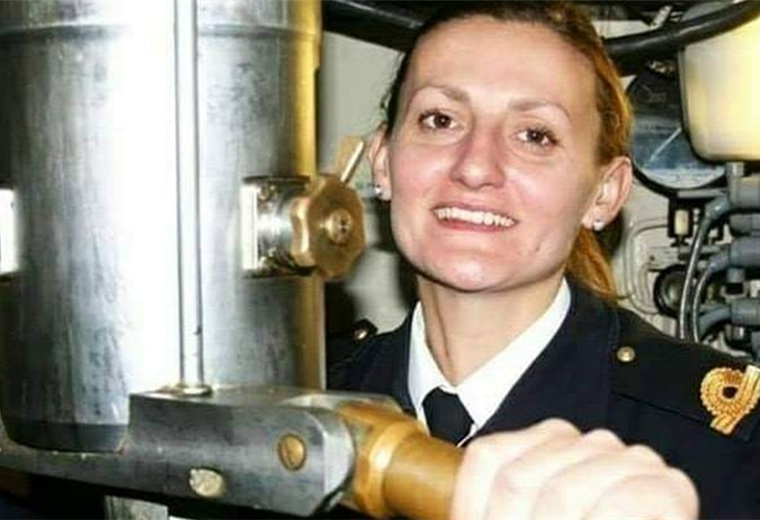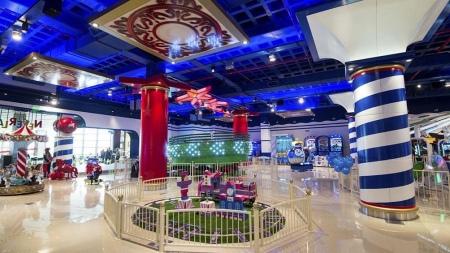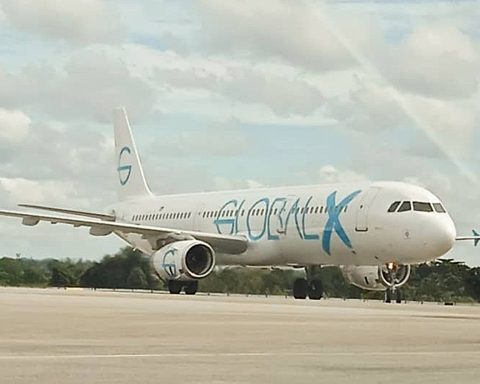November 19, 2022, 10:47 AM
November 19, 2022, 10:47 AM
His father was a flower farmer. His mother, teacher. And she grew up in a province – Misiones, in the northeast of Argentina.– which has no outlet to the sea.
But although there was no obvious connection to the nautical, Eliana Krawczyk since she was a girl was fascinated by the idea of being part of the Navy.
“We had an older cousin who graduated from a naval high school and she always saw him in his uniform when he came back from high school and was dazzled, that’s when he acquired the desire to enter the Force,” his sister Silvina tells BBC Mundo.
Eliana was the only female crew member among the 44 who died in the sinking of the ARA San Juan submarine in the southern Atlantic Ocean, which is now five years old.
The family did not have the resources to send the youngest of six siblings -four men and two women- to study at the nearest naval school, in Buenos Aires, so, upon graduating from high school, he began studying engineering at a nearby university.
However, in 2002, after her mother passed away, the young woman, then 20 years old, became determined to follow her dreams and the following year she joined the Navy.
It was in his first year at the naval school that he made the decision that would mark his destiny: be a scuba diver
“He went with his litter to swear to the flag at the Mar del Plata naval base. It rained a lot that day and his companions always say that they were totally soaked. In the distance he saw the figure of a submarine and it was there that he said he was going to being a scuba diver”, says Silvina.
it would end graduating with the best average and making history not only in his country, but in the region.
“Argentina has had submarines since 1933. 79 years passed until, in 2012, Eliana graduated as the first female submariner officer of the Argentine Republic and of South America,” says her proud sister.
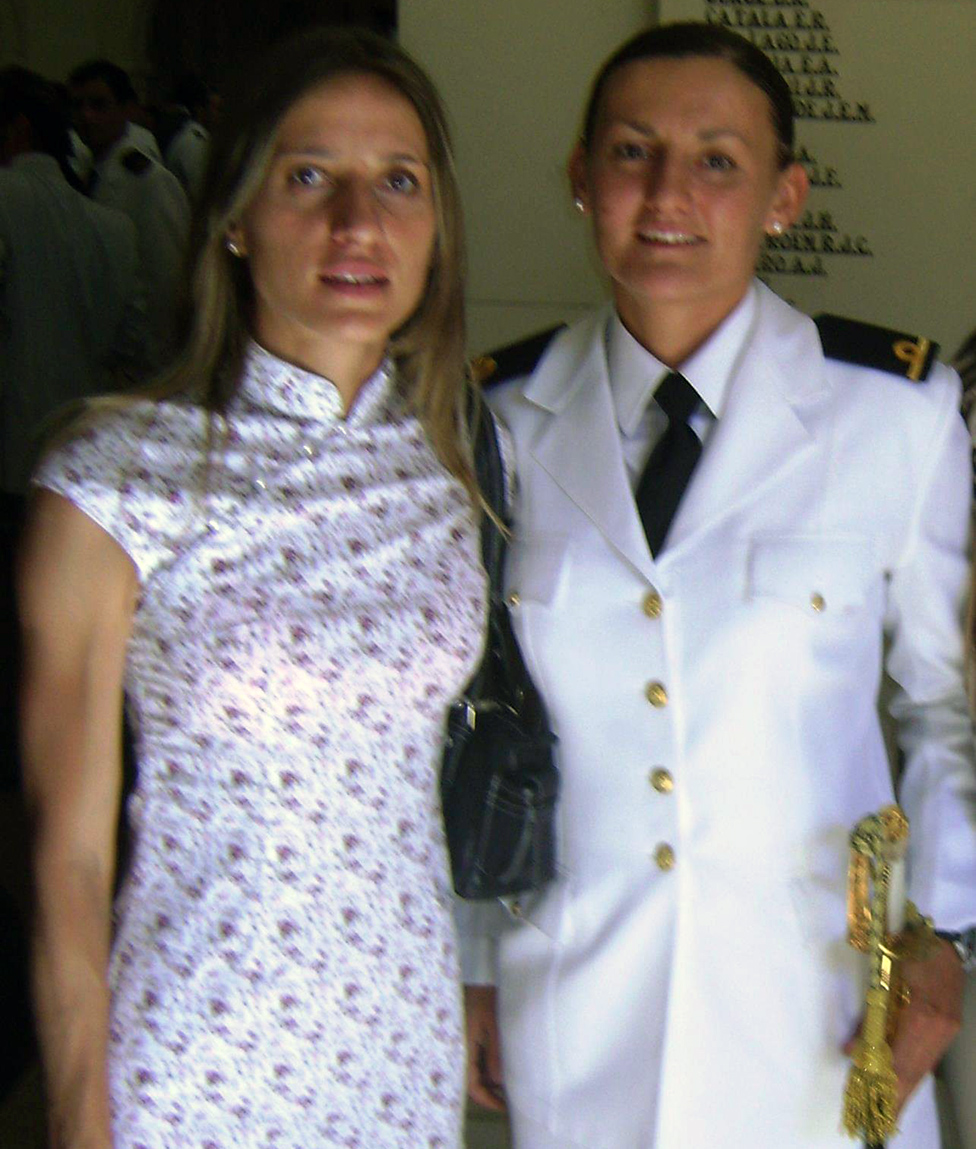
fearless and generous
Silvina was not surprised that her younger sister was a pioneer.
“My mom always said that he was like a boy scout: he was always ready for anything. He would set a goal and stick to it.”
His biggest dream, he says, was become commander. “If her life hadn’t been cut short, she would have arrived,” she says convinced.
In life, she reached the rank of lieutenant, and was posthumously promoted to lieutenant commander.
After graduating from the naval school, and before specializing as a submariner, he sailed the world aboard the emblematic frigate ARA Libertad, and carried out two summer Antarctic campaigns.
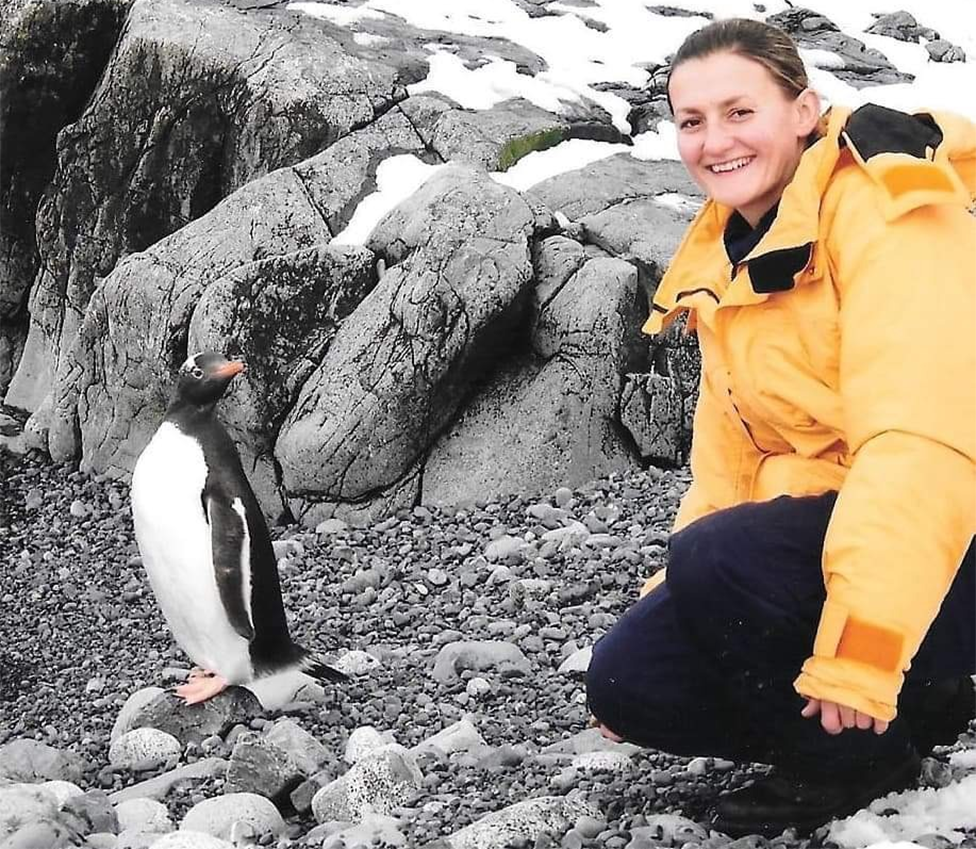
Once she finished her specialization, she was assigned as a crew member of the ARA Salta submarine.
As the only female submariner in the country, logically she always had to work surrounded by men.
“It felt like one more“says Silvina, asked about that experience.
During her career, she never complained of having suffered any discrimination or mistreatment due to her gender, she says.
In 2016, Eliana herself recounted during an interview how she felt about having been appointed chief of arms of the ARA San Juan, the jewel of the Argentine submarine fleet.
“I am the only woman on board and I feel good, content and happy“he counted.
“I sleep with two companions in the same cabin, I do my morning watch and I am responsible for launching torpedoes during military exercises,” she described.
Silvina notes that her sister was used to being among men.
“We grew up in a family with many boys and she was the youngest. The boys ran the patota (gang) and Eliana had an affinity with them.”
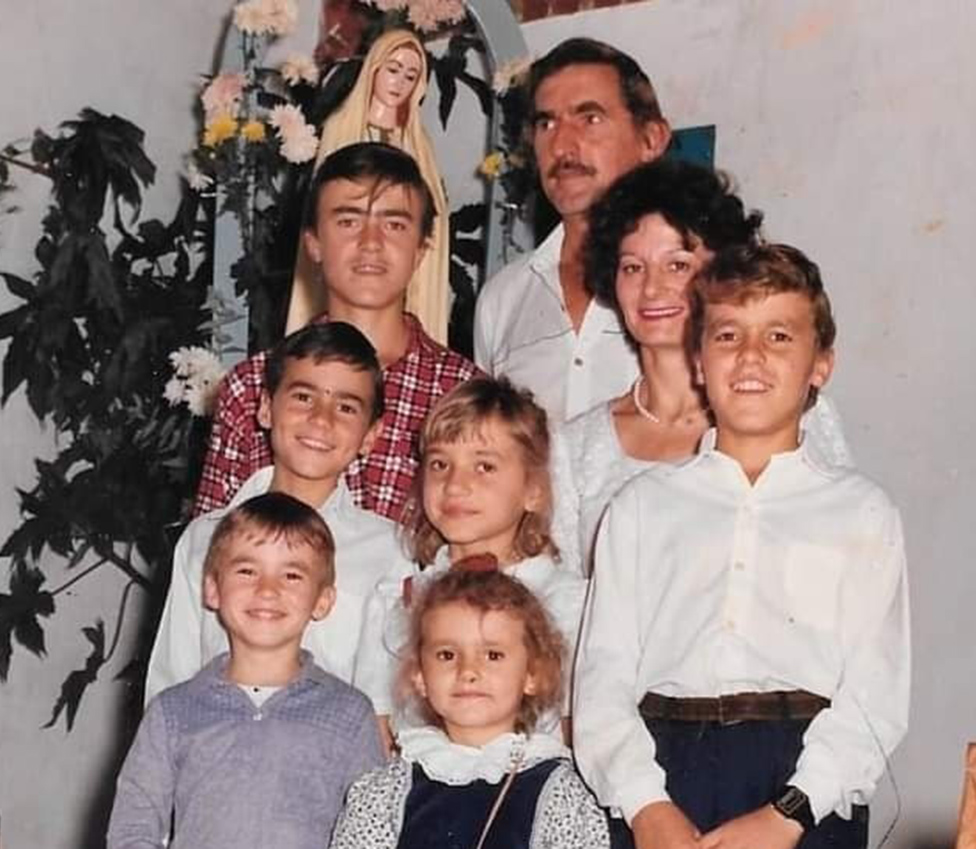
She adds that she did not follow traditional female patterns.
“When the justice system released her locker at the naval base, we went to look for her belongings. One could imagine that because she was a woman there could be perfume, makeup, but we found books and magazines about submarines.”
However, not everything in his life was work. “She was a girlfriend for many years with a civilian and I longed to be a mom one dayalthough due to work commitments he was always putting off that dream,” he reveals.
Instead, he used that “mother’s soul” with his brothers, he says.
While she was sailing with the Navy, instead of renting an apartment in Mar del Plata, where she was based, she lived on the ship when they returned to land, and with the money she saved, she took first Silvina and then her brother Junior, whom he paid them careers also related to the sea.
Silvina received a degree in marine propulsion plants and worked for many years as a machinist in the Merchant Navy. Her brother, who died in 2018 of cancer, graduated from the Fishing School and was also a fishing boat machinist.
What happened to the ARA San Juan
Based on her professional experience, Silvina rejects the theories that circulated after the sinking that the submarine was in poor condition.
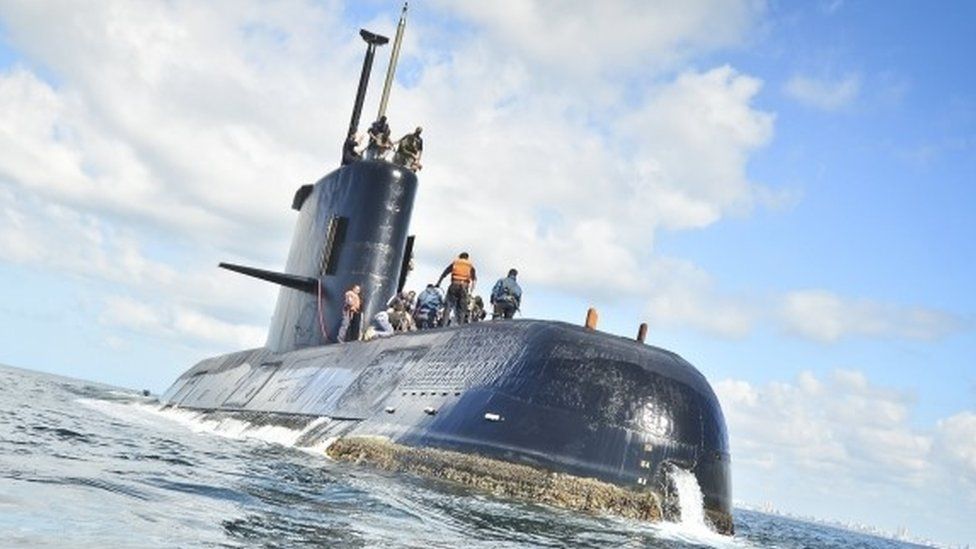
The sub had received its half-life repair, he says, and “Eliana never told me it was wrong.”
On the contrary, she was enormously proud of her ship, which she nicknamed the “steel giant”.
Regarding a breakdown suffered by the ARA San Juan during its penultimate navigation, when it traveled from Mar del Plata, in the province of Buenos Aires, to Ushuaia, in the extreme south of Patagonia, he points out that “they always arise in the mechanics. In all the boats are damaged”.
But he says that when he last spoke with Eliana, on November 8, before they sailed back from Ushuaia -on what would be his last trip-, he told her that the problem (an oil leak) had been controlled and fixed.” .
In addition, he assures that his sister “was not a kamikaze” and that the crew would not have set sail if they had doubts about the state of the vehicle.
After five years, Argentine Justice has not yet determined what caused the sinking. The main hypothesis is that something made the ARA San Juan implode.
Silvina is not surprised that it is still not well known what happened to the ship, which was found at the bottom of the Atlantic Ocean, some 500 kilometers from the city of Comodoro Rivadavia, exactly one year and two days after it sank.
“The submarine is at 907 meters deep and, from what I could see in the images, it is destroyed in a 30% or 40%”.
“The only thing that is known for real is that there was a naval message that there was a start of fire, and the last communication said that they were going to go down to a safe floating plane (about 40 meters deep) because the crew had spent a night very brave because they had sailed on the surface and the storm had treated them very badly”.
Silvina believes that the explosion could have been caused by explosive gases generated by that fire, and theorizes that it could have been an electrical fault caused by the ingress of water in the battery room when the submarine surfaced to renew the air, in the middle of the storm that generated very high waves.
A report from the Ministry of Defense and another from Congress point to something similar.
For Silvina, who was one of the few relatives who participated in the search for the sunken submarine on board a US ship contracted for that purpose, the finding meant closure.
“Humanly, we need to know where our loved ones who have passed away are. We need to establish where their grave is. It was like closing a cycle“, he reflects.
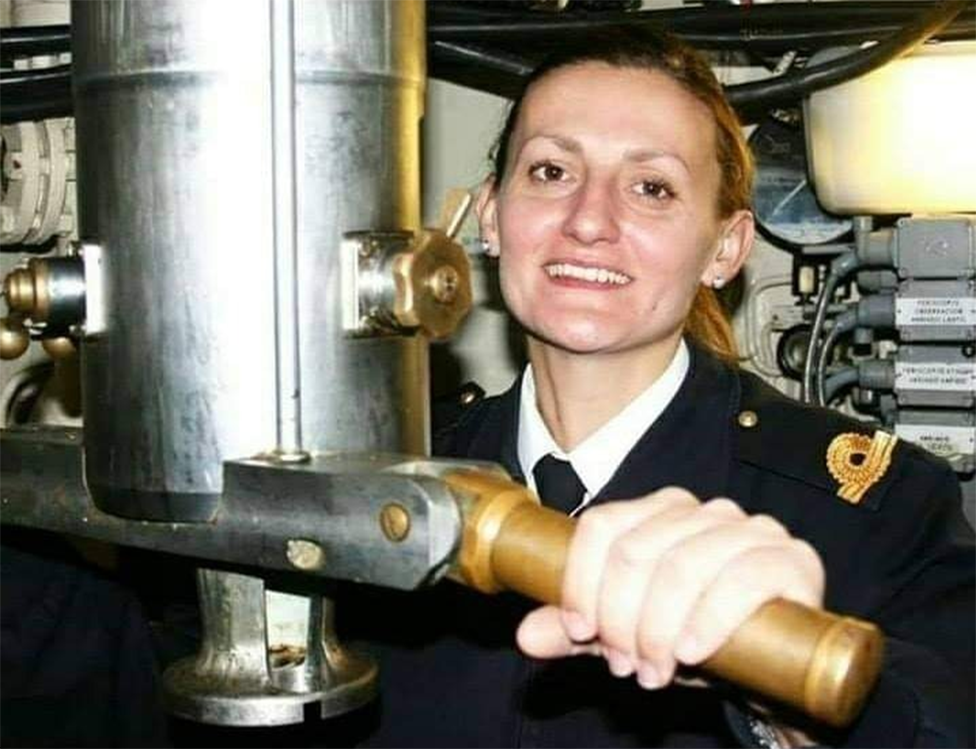
However, he clarifies that his family does not agree with the request of the majority of the relatives of the 44 deceased crew members who want the authorities to Refloat the remains of the ARA San Juanan operation that would be very expensive.
“That is their tomb for eternity, it is a symbiosis of the 44 with the sea and their submarine.”
It brings him peace to think that his sister lies there.
“Eliana is in the place she chose. The submarine, her ‘steel giant’ of hers, blankets her and she sails stealthily into the sea, which is the place where she chose to be.”
Remember that you can receive notifications from BBC Mundo. Download the new version of our app and activate them so you don’t miss out on our best content.
